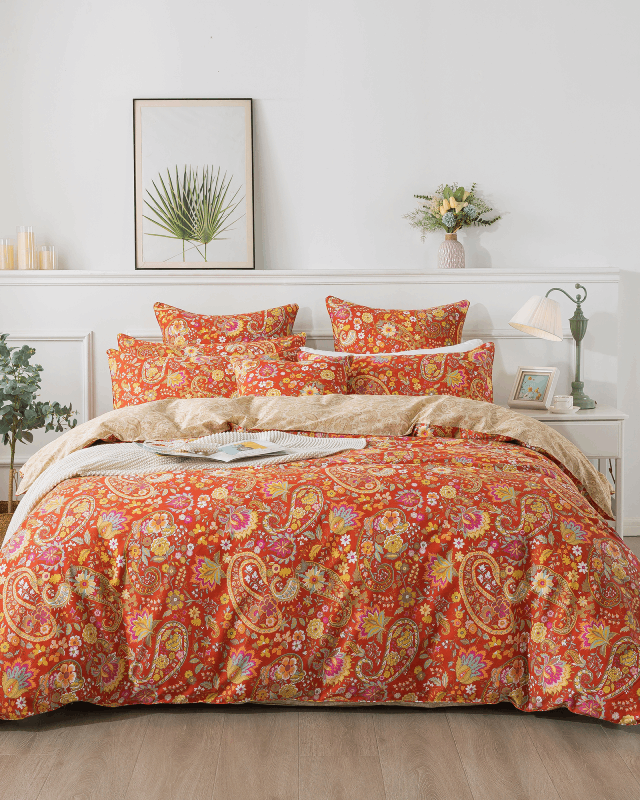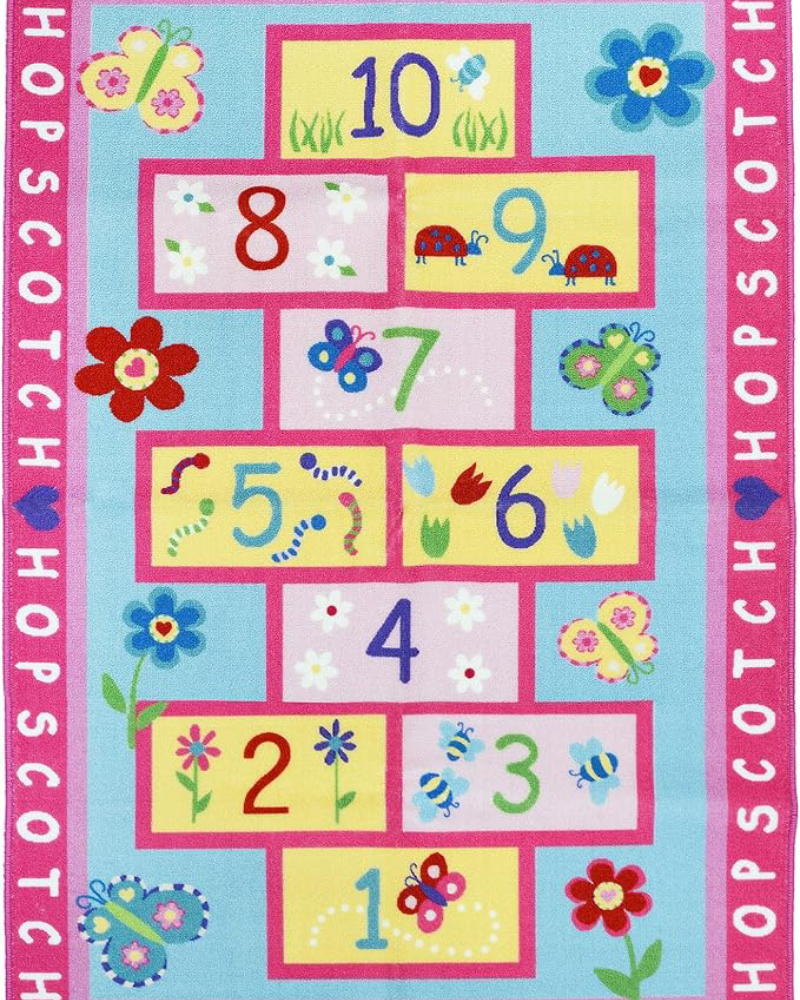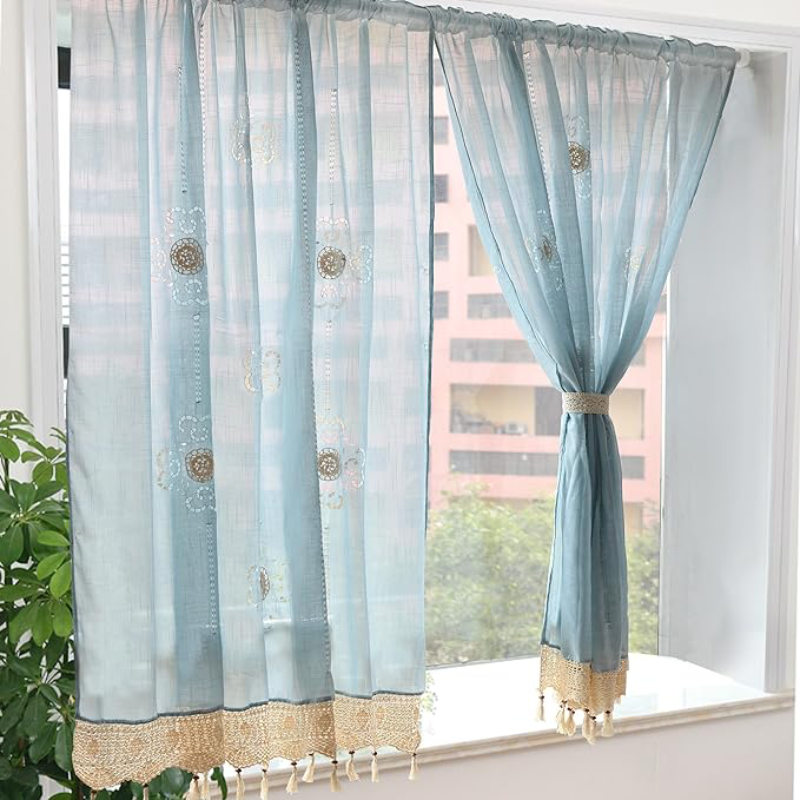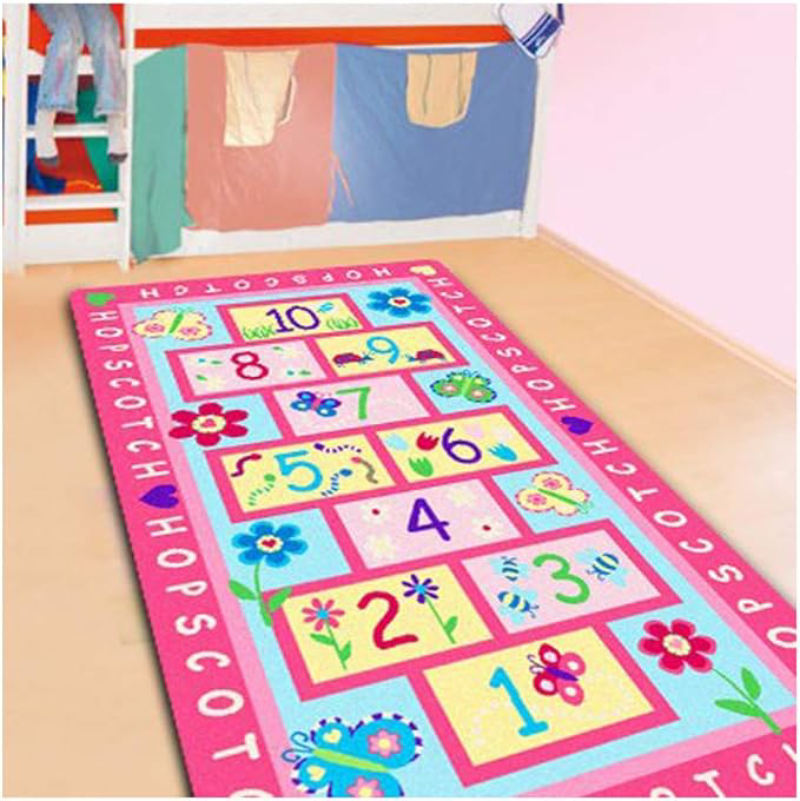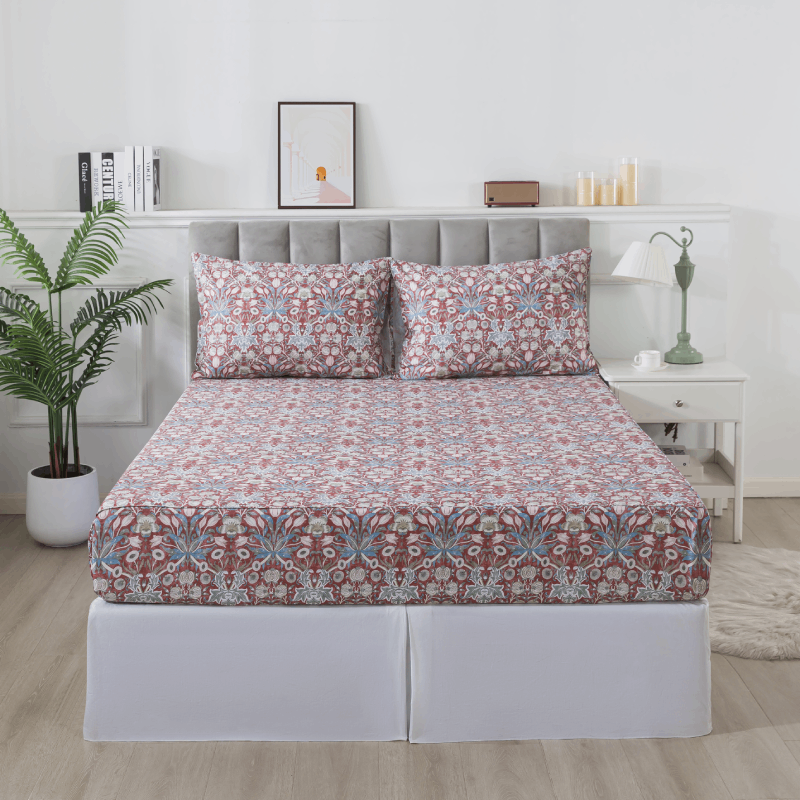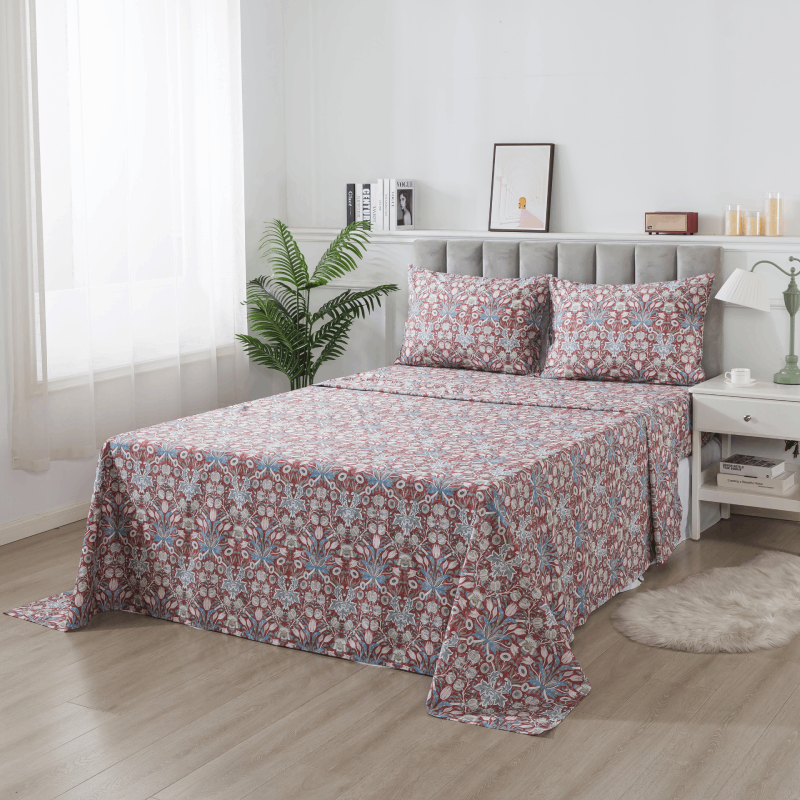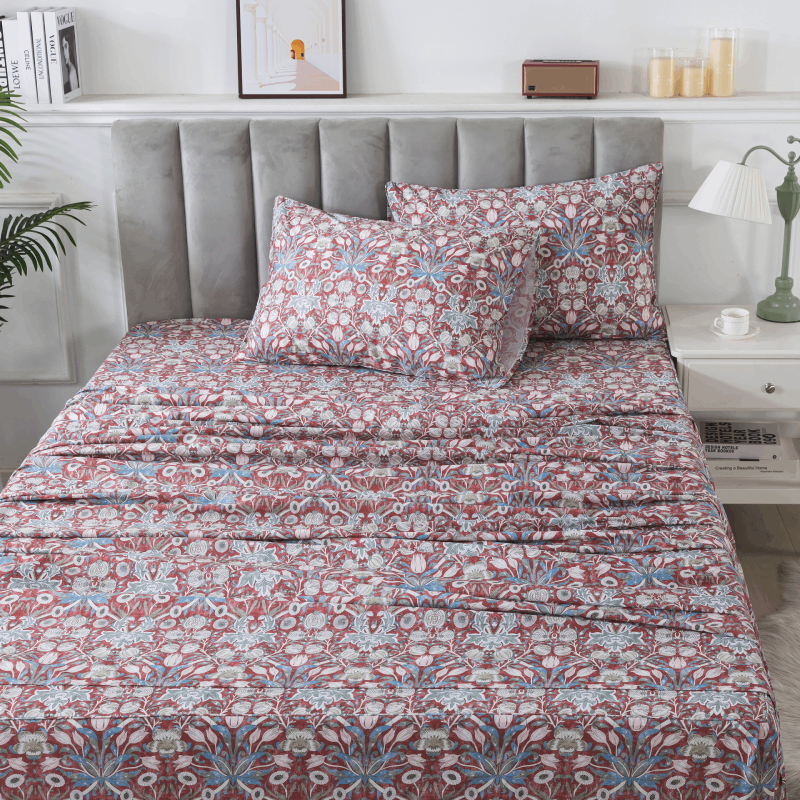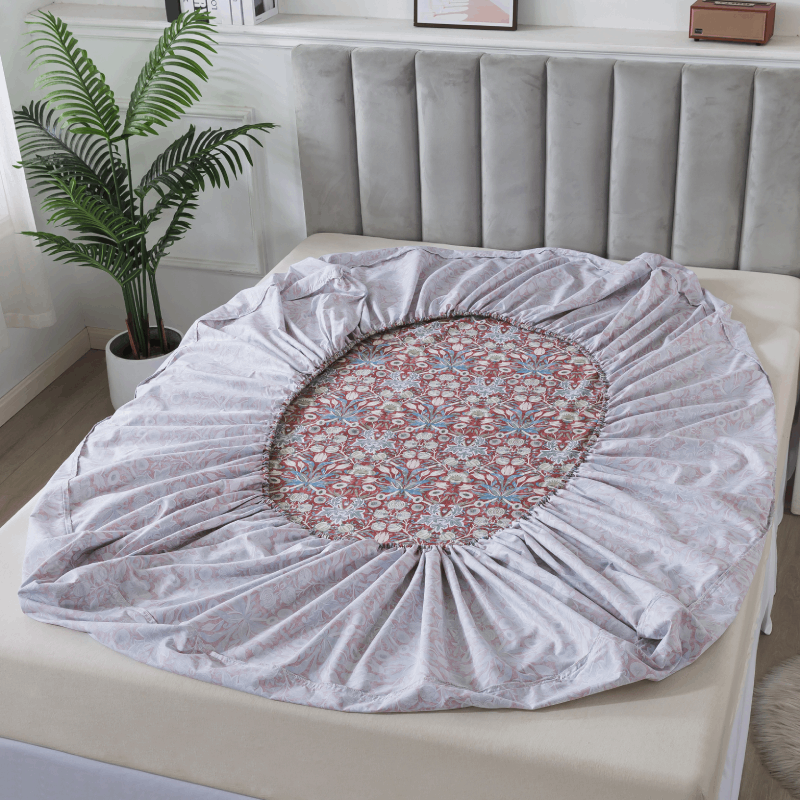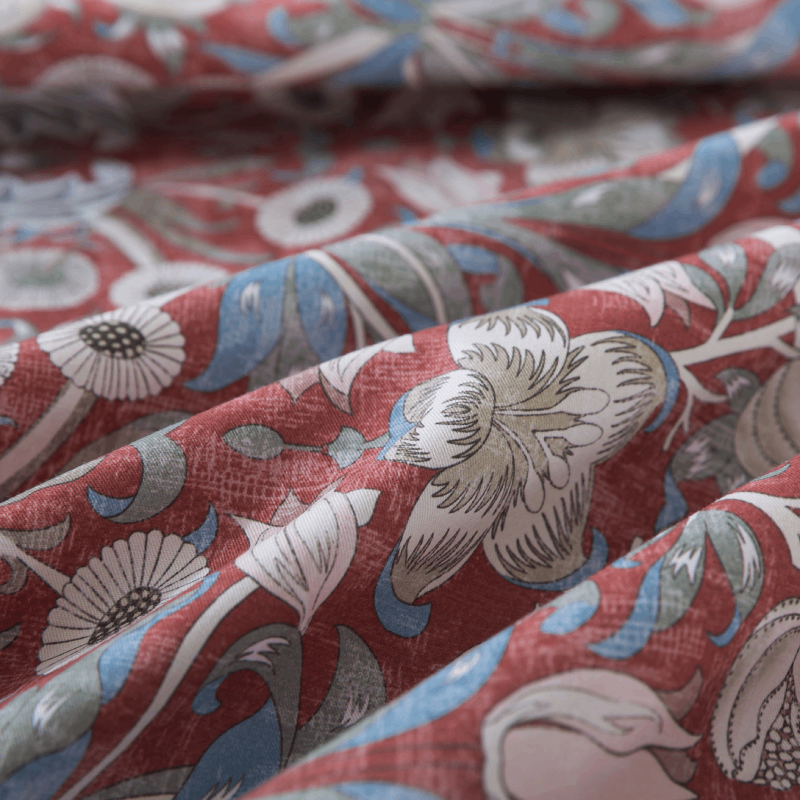Imagine you’re in a furniture store, trying to pick the perfect bed. You wander through aisles of neatly arranged mattresses, each with a label. "Twin," "Full," "Queen," "King," "California King", they all sound pretty self-explanatory, right? But have you ever stopped to wonder why we name beds in such an oddly specific way? Why not just "small," "medium," "large," or "extra-large"?
Twin
Let’s kick off with the Twin. Twin size is often the first bed we sleep in as children, and if you’ve ever spent a night in a college dorm, you’re probably all too familiar with it. But why Twin? It’s interesting to note that the term “twin” was originally used to refer to a pair of beds that were the same size, typically placed side by side. It wasn’t always about a singular mattress but rather a matching set, two of everything. It’s simple, it’s efficient, and it works for smaller rooms or when space is at a premium.
So, while we associate it with the "starter bed," in reality, it was once a symbol of equality and symmetry. And hey, even though it’s small, it serves its purpose well, especially in children’s rooms or shared spaces like dorms.
Twin XL
Now, onto Twin XL. Ah yes, the college student’s lifesaver. If you’ve ever stayed in a dormitory, you know the struggle of feeling like you’re about to fall off the side of your bed. A standard Twin mattress just doesn’t cut it for taller folks. Enter the Twin XL, which is the same width as a Twin but offers that extra 5 inches in length.
So, where did this name come from? Well, "XL" is short for "extra-long," and this size was introduced primarily for taller individuals—those who need a bit more room to stretch out. It’s not exactly the bed that’ll make you feel like you’re in luxury, but it’s a solid choice for a college dorm room or guest room. It's not perfect though, right? Not quite a "real" upgrade to the Queen or King, but still better than the standard Twin. Sometimes, it feels like just the right compromise between being too cramped and too spacious.
Full
Next, we have the Full size. If you thought the Twin was a small bed, the Full is like its overachieving cousin who refuses to stay in one lane. It's a little bit wider than a Twin, which means it offers more sleeping space for a single person, but it doesn’t necessarily give a couple a whole lot of room.
Where did the term "Full" come from? It’s likely that this name emerged to describe the mattress as being the "full" width of a standard single bed. It’s not quite as spacious as the Queen, but it does the job for many who live alone or those in smaller apartments. The Full can be great for people who are okay with a cozy, snug space — but if you're someone who loves to sprawl, it might not be enough.
Queen
Here we go, the Queen Size, by far one of the most popular bed sizes in the market. Why is it called "Queen"? Well, the answer isn’t as grandiose as it sounds. The term "Queen" likely refers to a slightly more luxurious and roomy version of the Full bed. It’s a bed that’s fit for those who want a bit more space, but not all the way to a King. In terms of dimensions, it's wider and longer than the Full, offering plenty of room for a couple without feeling like you’re sleeping in different time zones.
The Queen is often the default size for many couples, and it's a solid choice for most people. I mean, if a King is the "king," the Queen is clearly the well-loved choice. It’s a perfect balance of size, comfort, and practicality, fitting into most bedrooms with ease. However, I have to admit, if you’ve ever tried to share a Queen bed with someone who’s a blanket thief, you'll realize it’s not as royal as it sounds!
King
Moving on to the King size. It’s the most luxurious size in the traditional bed range, offering a vast 76 inches in width and 80 inches in length. It’s like the full spread of a hotel room bed, designed for people who need a lot of room, or just really enjoy the feeling of sprawling out.
Why "King"? It’s quite literally a reference to royalty. Just like how kings needed the grandest of beds to sleep in, the King size was introduced as the ultimate in comfort and space. But, let’s be honest, it’s a lot to manage. A King-size bed can dominate a room, and it’s not for everyone. The biggest drawback? You need a huge bedroom to make it work, and if you’re not careful, you’ll find that your bed is too big, especially for those who are used to cozier sleeping arrangements.
California King
Finally, we have the California King, which might just be the most confusing size of all. You’d think this bed size would be named after California’s laid-back lifestyle, but nope, it’s actually named after the people who wanted longer beds to accommodate taller bodies, like those in the west. A California King is 72 inches wide but 84 inches long, making it perfect for anyone who needs a little more length but doesn’t need the width of a traditional King.
The California King is ideal for those who are taller or simply prefer a bed that gives them extra length for comfortable sleep. It’s the west coast of beds, designed for stretching out, but still not as massive as the regular King. If I’m honest though, it's not always the easiest to find sheets for it, and that’s a little annoying. Sometimes, even though you’ve got the space, it feels like you're swimming in it!
It's not just beds that are named this way; bed linens are too. Sheets, duvet covers, and pillowcases are all sized and named based on the bed they fit. For example, Twin sheets were made for smaller beds, while Queen and King linens correspond to larger, more luxurious beds. The names ensure a perfect fit, catering to different sleep needs and room sizes.

